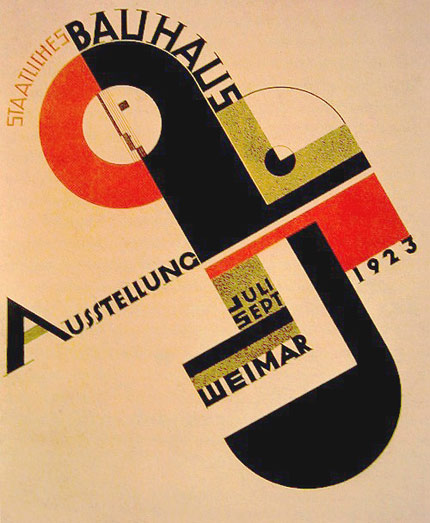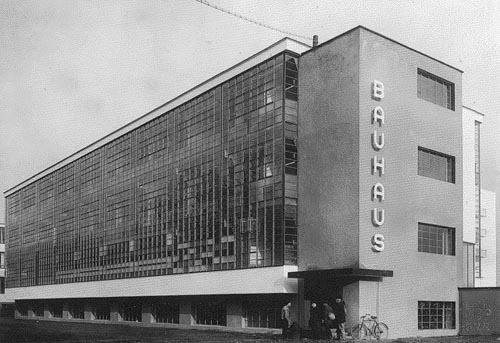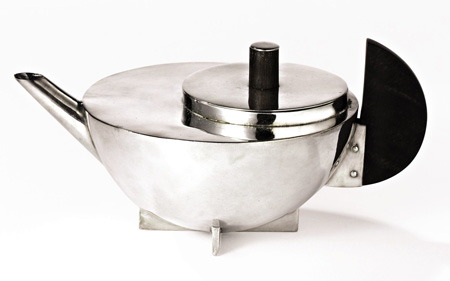Bauhaus 1919-1933


Architecture had a modernist style which influenced subsequent developments in art and graphic design.
Walter Gropius - Manifesto of the Bauhaus 1919
Weimar 1919-1925
Johannes Itten - colour theory

Wassily Kandinky - shapes
Abstract Expressionism

Paul Klee
Dessau buildings in the 20th century were influenced by the Bauhaus. The Bauhaus was a very mechanical design; there was no individuality or class oppression because of the uniformity of the houses. The design was functional, but not decorative.
Marianne Brandt

Ludwig Mies Van Der Rohe - Less is more
The design emphasised simplicity.
The Bauhaus school was closed when the Nazis became the political power in Germany. Students spread out from Germany to countries such as USA and England. The influence and ideas from Bauhaus design also spread to these countries.
There was a democratic design experiment in Scandinavia, where the climate is a lot more extreme and people spent a lot of time inside their homes. Homes were purely practical and designed around comfort. The home was an area of lifestyle. The Scandinavian modernism design had a more expressive individuality rather than oppressive like Bauhaus design.
The modernist design had a style of equality. Swedish design had the largest influence on Britain.
Swedish modernism - Stockholm Exhibition

Stig Lindberg - narration of modern life through illustration.

Olle Eksell illustration

No comments:
Post a Comment